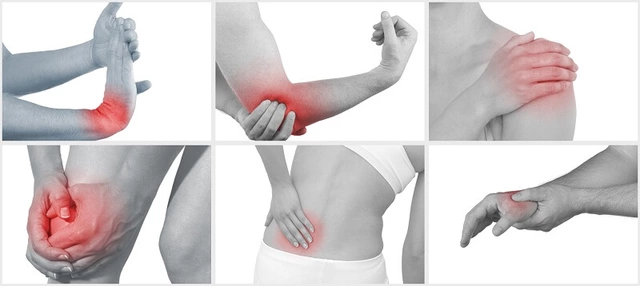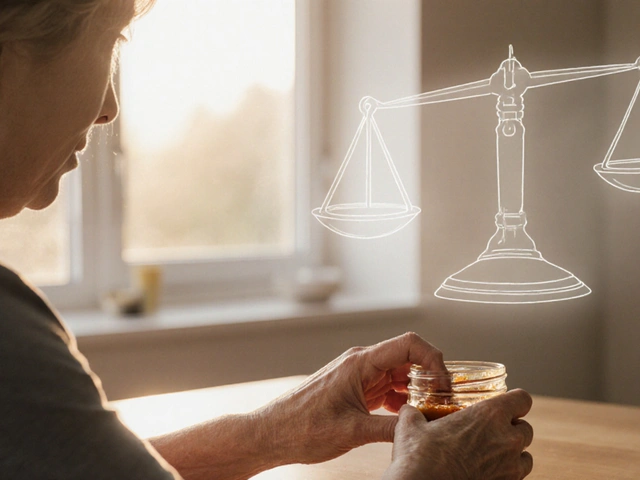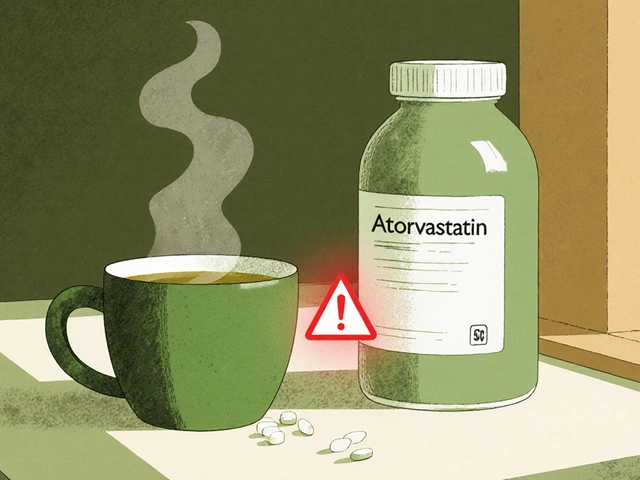Managing Kids' Drug Reactions: What Parents Need to Know
When your child takes a new medicine, managing kids' drug reactions, the process of recognizing and responding to unexpected or harmful responses to medications in children. It's not just about knowing the dose—it's about watching for subtle signs that something's off. Kids aren't small adults. Their bodies process drugs differently, and even common medications like ibuprofen or amoxicillin can trigger reactions that surprise even experienced parents.
pediatric medication safety, the practice of ensuring medications are used correctly and safely in children based on age, weight, and health status. This means checking every label, asking about interactions, and knowing which over-the-counter products are actually safe. A cough syrup with antihistamines might seem harmless, but if your child is already on an ADHD med, it could cause dangerous spikes in heart rate. child drug side effects, unintended physical or behavioral changes caused by medications in children, ranging from mild rashes to life-threatening conditions. don't always look like textbook cases. Sometimes it's just irritability, a sudden rash, or trouble sleeping—signs you might brush off until it's too late.
And then there's allergic reactions in children, immune system responses to medications that can cause hives, swelling, breathing trouble, or anaphylaxis. These don't always show up the first time a drug is given. Your child might take amoxicillin three times with no issue, then break out in hives on the fourth dose. That’s not a coincidence—it’s the immune system waking up. drug interactions in kids, harmful effects that happen when two or more medications, supplements, or foods interfere with each other in a child’s body. are easy to miss, especially when you’re juggling prescriptions from different doctors. A vitamin C supplement might seem safe, but if your child is on antibiotics or seizure meds, it could reduce effectiveness—or make side effects worse.
You don’t need to be a pharmacist to protect your child. But you do need to know what to watch for. Is the rash spreading? Did they start vomiting after the new medicine? Are they unusually drowsy or hyper? These aren’t just questions—they’re warning signals. And when you see them, you act fast. Keep a list of every medication your child takes, including doses and times. Save the pharmacy number. Know when to call the doctor versus when to go to the ER.
The posts below give you real, no-fluff guidance on what to do when things go wrong. You’ll find stories from other parents, clear signs to look for, and practical steps to take before, during, and after a reaction. Whether it’s a mild skin rash or a life-threatening response, you’ll know exactly what to do next—no guesswork, no panic, just clear action.

- Nov 10, 2025
- Posted by Cillian Osterfield
How to Manage Pediatric Medication Side Effects at Home
Learn how to safely manage common pediatric medication side effects at home, recognize warning signs, avoid dosing errors, and know when to call for help. Practical, evidence-based guidance for parents.
Categories
- Health and Wellness (57)
- Medications (39)
- Health and Medicine (22)
- Pharmacy Services (10)
- Mental Health (5)
- Health and Career (2)
- Medical Research (2)
- Business and Finance (2)
- Health Information (1)
Latest Posts
©2025 heydoctor.su. All rights reserved





